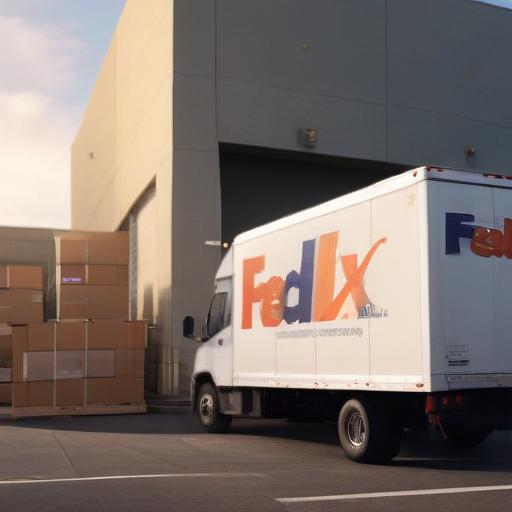This week, investors are awaiting crucial insights into the transportation sector, particularly regarding delivery services, as FedEx prepares to unveil its fiscal fourth-quarter results. The report is anticipated after market hours on June 24th.
The operational environment for FedEx, along with its rival UPS, has become increasingly difficult, largely due to tariff-related challenges. In response, FedEx has been proactive in assisting its customers by enhancing their international logistics tools and customs support to mitigate the impacts of higher duty costs and stringent clearance requirements.
According to Zacks’ estimates, FedEx’s Q4 sales are suspected to take a slight dip of over 1%, projected at $21.73 billion, down from $22.11 billion in the same quarter last year. However, there is optimism as FedEx’s earnings per share (EPS) are expected to increase by 9% to $5.93, compared to $5.41 a year earlier.
For the fiscal year 2025, total sales are anticipated to decline by less than half a percentage point to $87.44 billion, but a rebound is forecasted for FY26, expecting a 2% increase to $89.41 billion. FedEx is also projected to conclude FY25 with a 2% rise in annual earnings, with FY26 EPS predicted to escalate by another 8% to $19.57.
It’s worth noting, however, that FedEx has struggled recently, missing sales estimates in three of the last four quarters and falling short of earnings expectations in two quarters, resulting in an average EPS surprise of -5.79%.
In terms of stock performance, FedEx has experienced a difficult year, seeing nearly a 20% decline, paralleling the struggles of UPS but significantly underperforming compared to the broader market, which has remained relatively stable. Comparatively, the stock price of FedEx has dropped 6% over the past three years, while the S&P 500 has risen by 53%.
Despite these challenges, FedEx’s valuation is appealing, trading at just 11.5 times forward earnings, which is below the sector average of 23 times, as well as lower than both UPS’s 14 times and GXO Logistics’ 19 times. Additionally, FedEx’s stock also trades at less than one times forward sales.
Investors may find FedEx’s dividend yield of 2.44% attractive, especially considering it’s higher than the S&P 500’s average of 1.25%. This could appeal to long-term investors, even if it trails UPS’s more robust 6.61% yield.
Overall, while FedEx faces headwinds from tariffs and has seen mixed financial performance recently, the company’s proactive measures and appealing valuation might offer a ray of hope for the future.
